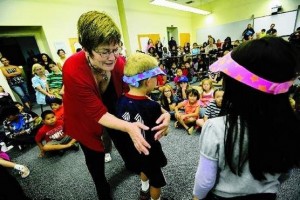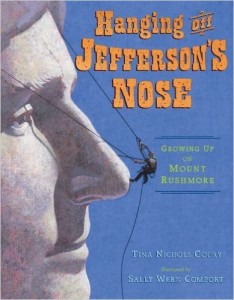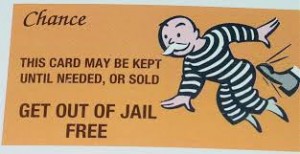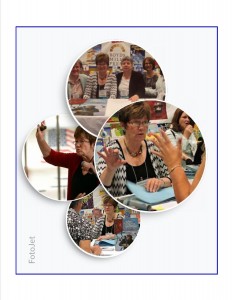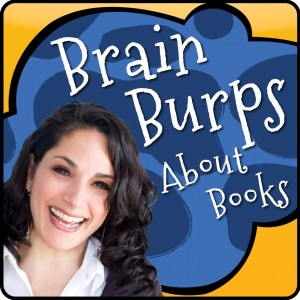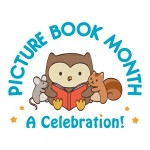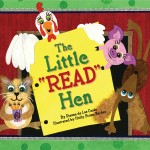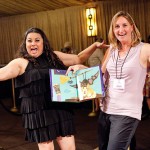 It’s one thing to say that you want to do school visits. But are you making it difficult for potential host to find you?
It’s one thing to say that you want to do school visits. But are you making it difficult for potential host to find you?
Frankly, I just spent a full day clicking on over 75 author websites for a Friends of the Library project. Schools don’t have the time or tenacity to go through this volume of names just to find one person for a day of assemblies. Here are some tips for making it easy to be discovered.
Your Number One calling card is your website. If you don’t have a real author-dedicated website – preferably in your own name – you’re not serious about being an author who does presentations. Have a friend check your links to make sure they work.
What do you need on your website? I visited many “pretty” websites. “Pretty” on its own doesn’t sell a school visit. Information in an easily accessible form does. You must have at least these two buttons: one for “Books” and another for “School Visits” or “Presentations.”
Under “Books” include story summaries, reviews, awards.
Reviews that carry weight will be from any of these sources:
School Library Journal
Publishers’ Weekly
Kirkus
The Horn Book
Booklist
The Bulletin of the Center for Children’s Books
Library Media Connection
Some of the types of awards that are prestigious are:
State Awards
Best Books lists (i.e. Bank Street College)
Junior Library Guild selection
Children’s Books Notable Lists (Social Studies, Science)
American Library Association Awards (i.e. “Oscar” status) Batchelder, Belpré, Caldecott, Carnegie, Geisel, Newbery, Odyssey, Sibert, Wilder
Young Adult Library Services Awards (YALSA) including the Alex, Morris, Edwards, Printz, and YALSA Excellence in nonfiction.
National Book Award
Boston Globe-Horn Book Award
About books. If you plan to work with a bookseller at your appearance, then know that the bookseller needs you to have at least one book in print and available for students to access. If your book is digital-only, understand that many schools will not be able to provide it to share with or assign to students in preparation for your visit.
Under the “School Visits” or “Presentations” button
Describe your presentation(s) and number of sessions you can do per visit.
Tell what grades your presentations are best for: Primary (K-2); Intermediate (grades 3-5); Middle School (Grades 6-8) or High School (Grades 9-12)
Post testimonials from people who have seen you perform along with their positions (If you can’t write a specific name, put their role and school, i.e. Librarian, Buckley Elementary; 6th grader, Easton Middle School, etc.)
Outline your fees (optional). Many authors like wiggle room to negotiate, so they choose not to post set fees. Others want potential hosts to know up front what all costs will be (honorarium, travel, lodging, meals). In this area, you can breakdown options (full-day/half-day/hourly; assemblies, workshops, small group sessions; in-person/SKYPE).
For a good example of an author who includes it all, check out Lee Wardlaw’s detailed descriptions of her presentations.
Discoverability is challenging. After you spruce up your website, get on professional lists and keep them updated. If you are a member of SCBWI (and why wouldn’t you be?), be sure to update your information on the Speakers’ Bureau site. Network with authors about school visit leads. Here are some other posts I’ve done related to this topic.
SKYPE: A Great Tool for MG and YA Authors
Brochure Overhaul for School Visit Promotion
How Much Should I Charge? Three Rules of Thumb
Make it easy for hosts to find you. Your website is your first most important calling card. The next is the quality of the books you write and the presentations that you deliver. So get going!

